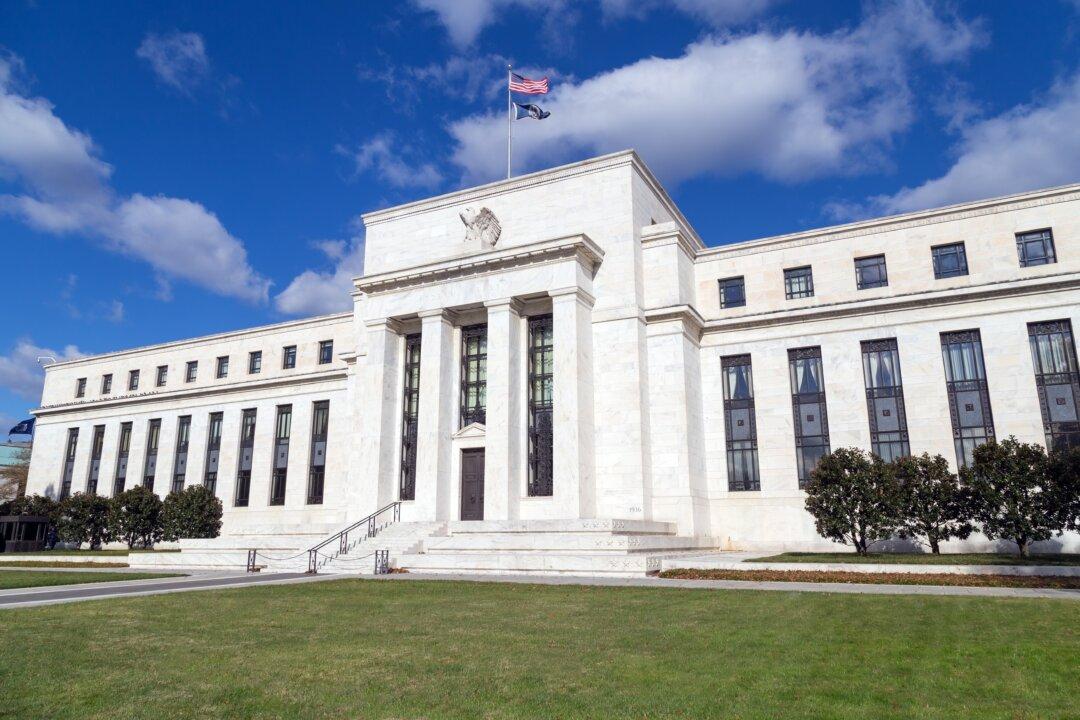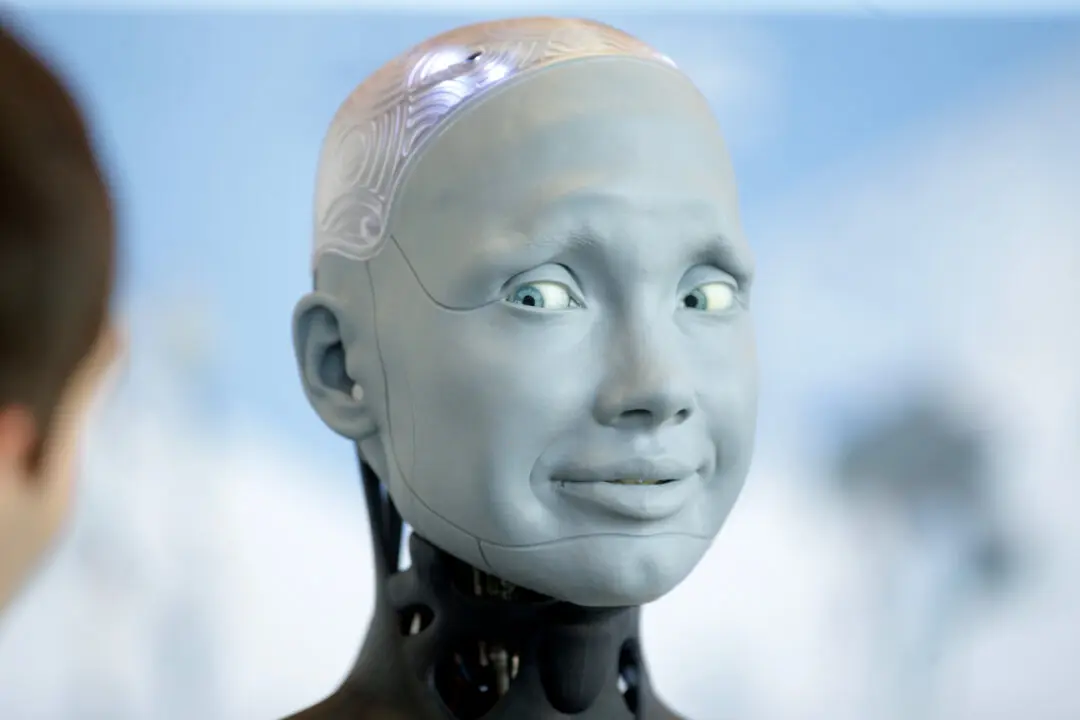Can the press please stop saying that inflation is “easing”? It’s getting ridiculous. The Consumer Price Index came in at 7.1 percent higher than a year ago. That’s terrible. Yes, not as terrible as last month but look at the breakdown in detail. Food at home was up 10 percent and food at restaurants rose 12 percent. Fuel oil is up 65.7 percent! Transportation services are up 14.2 percent.
So on it goes, and each month we get a report, the intensity shifts from one sector to another. The perception that this is cooling is based mostly on the weighting scheme that yields the final number. This is no world in which we are watching the problem gradually disappear. You can see the scale of the problem by looking at the so-called sticky rate of price increases over 14 years. It reveals which part of the overall index is truly embedded and less subject to exigencies of temporary market change.
![(Data: Federal Reserve Economic Data [FRED], St. Louis Fed; Chart: Jeffrey A. Tucker)](/_next/image?url=https%3A%2F%2Fimg.theepochtimes.com%2Fassets%2Fuploads%2F2022%2F12%2F13%2F1-JAT-2022.12.13-1200x941.png&w=1200&q=75)
This is wholesale robbery of the American people. That the thief stole a full place setting of silver last month, but this month left the dessert spoon is hardly an improvement and a case for leaving the doors unlocked. They have told us for 18 months that it isn’t so bad and we should all stop kvetching about it. But it keeps being bad. The inflation is embedded and clearly has a long way to go before the momentum runs out of steam.
It’s having a devastating effect on the budgets of individuals. In fact, we see catastrophe brewing. The personal savings rate is a mere 2.3 percent. We have never seen anything so terrible in the entire postwar period, but it’s hardly a surprise. Why save money when it means losing 5-plus percent each year? Meanwhile, couple that with soaring credit card debt with interest rates that are running 20 percent and higher for typical plans.
It’s completely unsustainable. Something has to give.
![(Data: Federal Reserve Economic Data [FRED], St. Louis Fed; Chart: Jeffrey A. Tucker)](/_next/image?url=https%3A%2F%2Fimg.theepochtimes.com%2Fassets%2Fuploads%2F2022%2F12%2F13%2F2-JAT-2022.12.13-1200x945.png&w=1200&q=75)
The last time we dealt with such a devaluation was 40 years ago and it lasted fully five years before being tamed. The taming last time required federal funds rates in the double-digit range. We are nowhere close to that. The idea that people are begging the Federal Reserve to stop the tightening lest the whole economy gets tanked is ridiculous. If the Fed is serious—and it appears to be for now—it has a very long way to go before the thief stops the steal.
Just throwing it out there that a good trending hashtag against inflation might be #stopthesteal.
The new age of inflation kicked off in March of 2020, when the Fed made the fateful decision to accommodate any and all spending by Congress in the name of virus control. Congress authorized the spending out of debt, the Treasury issued the debt and backed it with the full faith and credit of the U.S. government, and the Fed got busy pushing it into its balance sheet, buying it all with newly created money.
Things seemed fine for a while. Indeed, it was better than fine! Checks were flying out of D.C. straight into the bank accounts of individuals and businesses. What a world it seemed to be! No work, no productivity, and yet real income was soaring. So was savings. And millions paid off their credit card debt, bought cryptocurrency, kept delivery services operating at maximum amounts, and online streaming services saw their profits soar.
Things weren’t so hot for the kids, who had no school, and for millions of businesses forced to close. Workers in industries that couldn’t rely on online magic—there is no app that cuts your hair or does your nails—found themselves bored out of their minds, and turned to food and other substances that added poundage, in what many people started calling the COVID 19.
Those days also saw the reversal of an attempt by the Fed finally to fix its balance sheet problems dating from 2008. For 14 years, the Fed kept the federal funds rate running at less than zero percent return. That meant a serious punishment to anyone who wanted to save money and set off a mad scramble for return somewhere along the yield curve. They found it in wildly speculative investments in media and tech, industries that became bloated beyond any plausibly sustainable size.
And with that came a weird feature of the profitable businesses in those days. They were so profitable that they could stop caring about profitability! Instead, corporate America shifted its concern from serving customers and stockholders toward very strange managerial and financial exotica like ESG, DEI, and spying and censoring for the federal government. Their idle hands were indeed doing the devil’s work.
There is absolutely a relationship between this extended business boom funded by the Federal Reserve and the rise of woke ideology in the farther reaches of the borrowing curve. This is precisely how corporate America turned toward leftist ideology while abandoning its traditional attachment to old-style free enterprise partisanship. This is how it came to be that the Democrats enjoyed such a vast amount of support from business. This proved to be a disaster for American culture and politics.
Twitter is but one example but it makes the point. A world of easy money is a world without restraint in which every cockamamie ideology can ride high. The Fed was in the process of fixing this problem in 2019 but reversed course under the guise of supporting the pandemic response. Of course, the only result of that was to prolong lockdowns: when you subsidize something, you get more of it and longer.
The right takeaway: this was all a preventable disaster. No virus and no act of nature caused your money to be robbed. It was the direct effect of egregious public policy. It began under the leadership of then-Fed chief Ben Bernanke, who won a Nobel Prize for his efforts. The currency regime at the Fed is now being forced into finding a fix but they are a long way from solving the problem. At the end of this, the pandemic response might end up slicing off a quarter or more from every dollar.
The only plus side is watching the puffed-up sectors of Big Tech and Big Media be cut down to size. We are now in a position of finding out even more about the outrages that were going on at these companies, and how they all cooperated with government to end our privacy and speech rights. Are people angry? If they aren’t, they should be.







